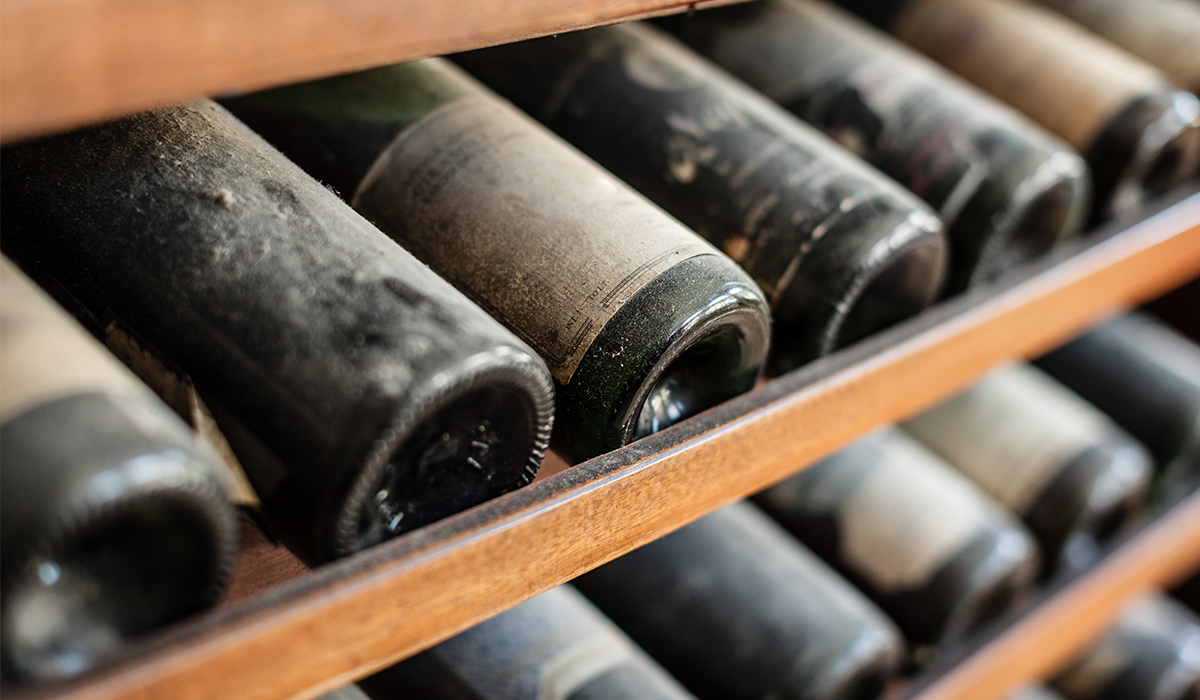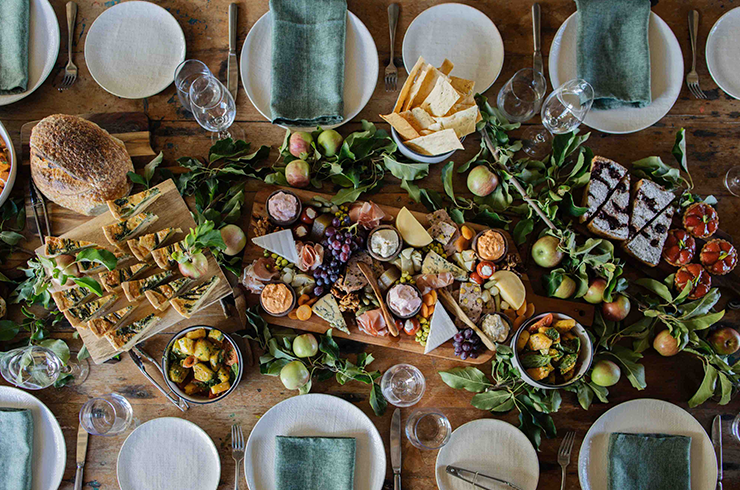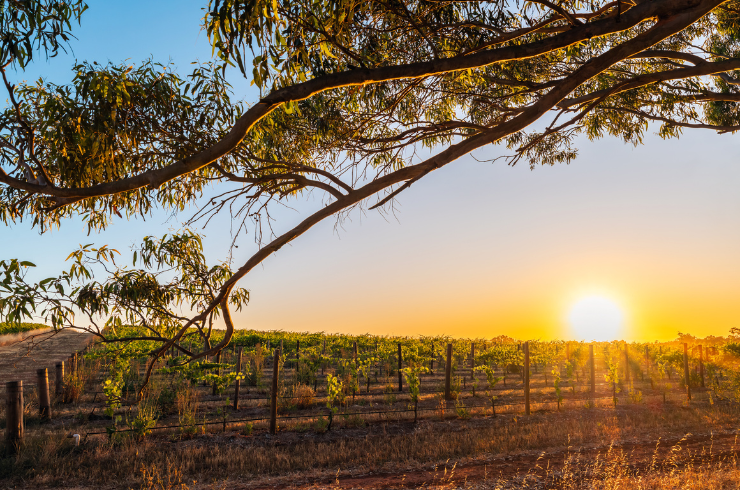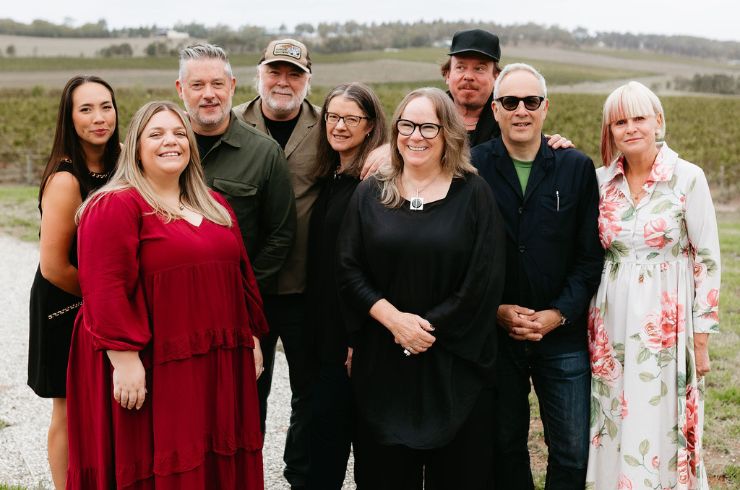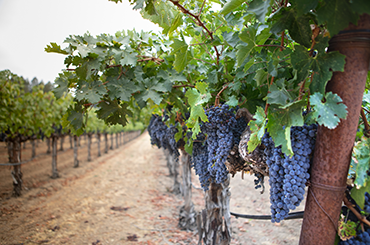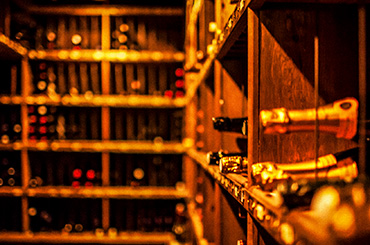In my tastings, there are five fundamental preserving factors that I look for to determine a wine’s propensity to age: acidity, tannin, minerality, sugar and preservative. Crudely speaking, greater amounts of any of these can often equate to increased endurance, but balance is everything – disjointed young wines will rarely transform into harmonious old ones.

...there are five fundamental preserving factors that I look for to determine a wine’s propensity to age: acidity, tannin, minerality, sugar and preservative.
Acidity is the fundamental and universal ingredient that unites all ageworthy wines – white, red, sparkling, sweet and fortified. It’s the battery pack of vitality that sustains white wines, while reds can lean on the preserving influence of fruit and oak tannins. Sweet wines are capable of living exceedingly long, thanks to both sugar and acid. Minerality is the surprise inclusion in my list, demonstrated most profoundly by the freshening effect of chalk texture from limestone bedrock, even in warm vintages of low acidity. Properly regulated levels of preservatives, such as sulphur dioxide, are crucial to prevent wines from oxidising, and preservative-free wines are almost universally at their finest in their youth.
Length of persistence – how long you can taste a wine after you swallow it, and how evenly its flavours carry through the palate – is also fundamental to a wine’s quality and longevity. Whenever I taste a great wine, I’ll finish writing my note, take a sip, start my stopwatch, close my eyes and watch every detail of how it ebbs and flows, and for how long, before I pin down my score and drinking window.
Another trick that provides fantastic insight into the endurance of young wines is to watch their evolution after the bottle has been opened. I often retaste later the same day, the next day, two days later, even a week or more after first opening. The fresher a bottle holds in the presence of air, the longer an unopened bottle will last in the cellar.
In attempting to predict the endurance of the most ageworthy wines, I find myself constantly scrolling through my mental records of countless tastings of old wines. Yesterday I tasted a Clare cabernet that I reckon won’t start to hit its prime for 20 years, so I reflected back on the way similar Clare cabernets from around the turn of the century are drinking today.
A bottle’s closure is another factor that informs my predictions of longevity. I’ve been fanatically tracking the evolution of whites and reds under screwcap since those first bottlings of the early 1970s. Today, with a cellar bursting with countless examples of both cork-sealed and screwcap wines spanning the past 20 vintages, I can confidently put a longer life expectancy on a screwcap than a natural cork seal.
For the amount of young wine that I review and drink, I keep a cellar far larger than I should. I don’t keep count, but it must be at least 4000 bottles. I started collecting in the mid-1990s, when Barossa shiraz, Coonawarra cabernet, and Clare and Eden riesling were my darlings. By the late 1990s, I discovered Hunter semillon and Margaret River cabernet. Cool-climate chardonnay and pinot noir quickly took over as my still wines of choice, and remain so to this day, fuelled not least by regular pilgrimages to Burgundy.
In 2010 my infatuation with champagne and cool-climate sparkling took flight. My cellar today still holds significant representation of every turn in this odyssey, and every bottle I open adds another reference to my mental matrix of drinking windows. All ageworthy styles of wine, and their evolution, continues to fascinate me with child-like wonder.
This article first appeared in issue #59 of Halliday magazine. Become a member to receive the print publication and access it online.
Latest Articles
-
Win
Win a stunning collection of Plumm glassware and wine, valued at over $500
1 day ago -
Wine Lists
Top Christmas wines under $30 (and five worth splurging on)
1 day ago -
Wine Lists
Why you should drink Australian this festive season (and 80 of our best wines to try)
1 day ago -
From the tasting team
The Aussie wines the Halliday Tasting Team will be opening this festive season
1 day ago
